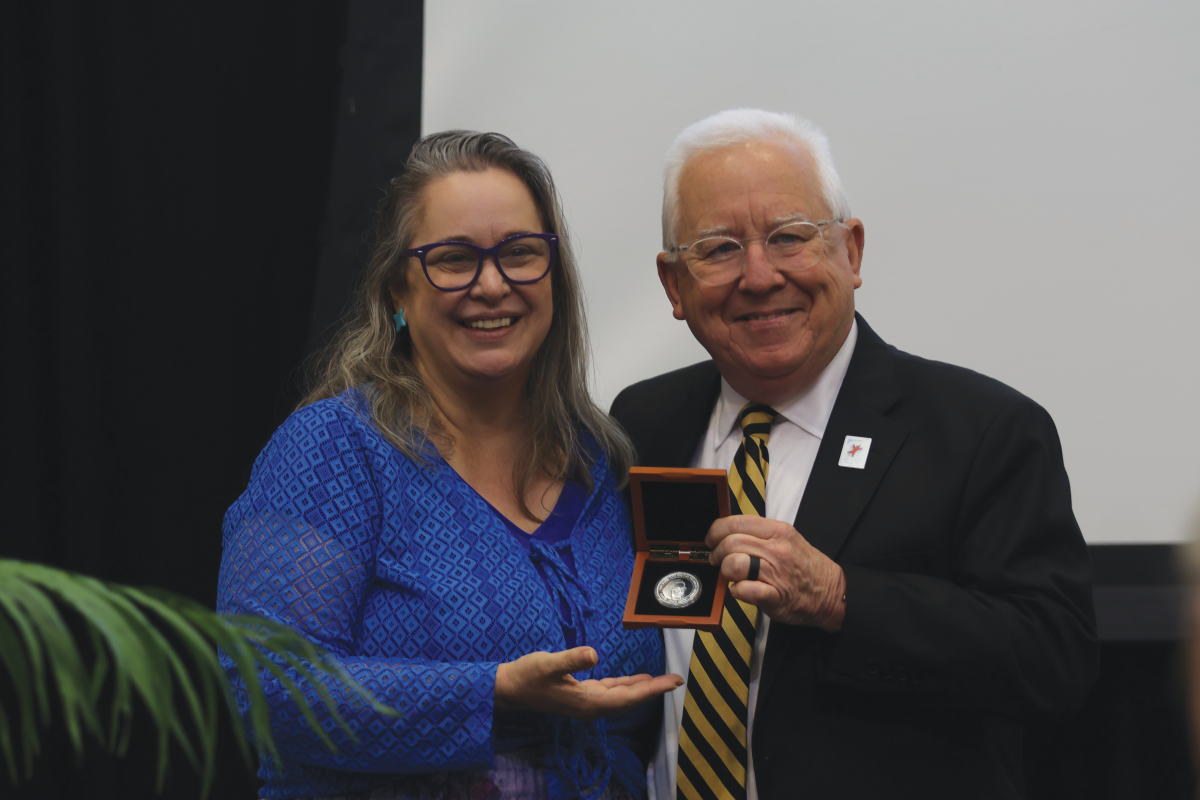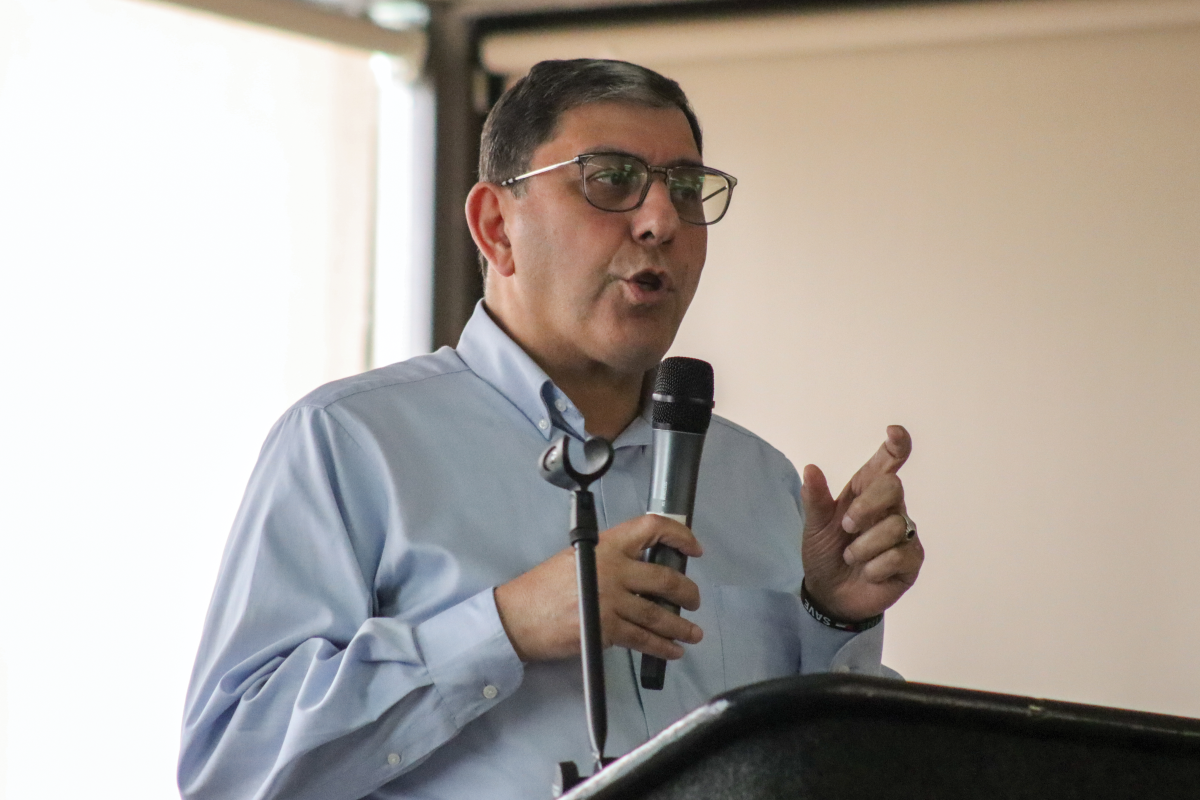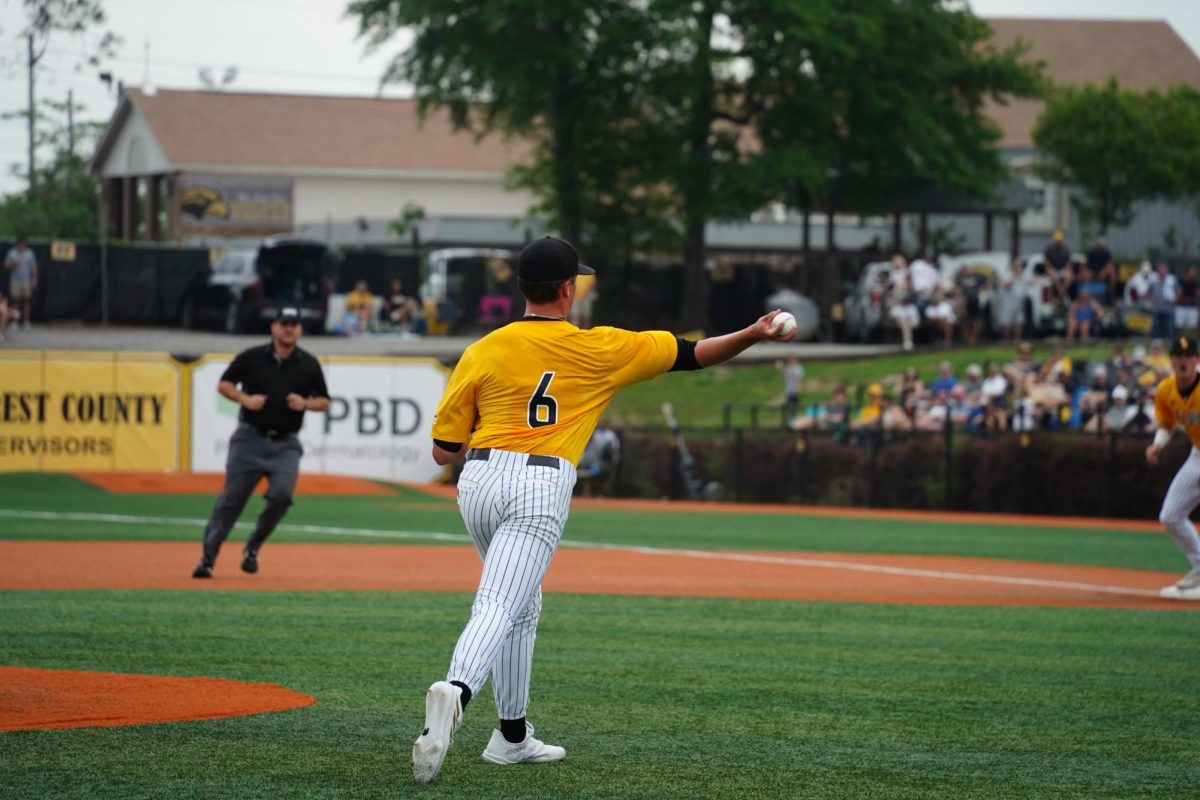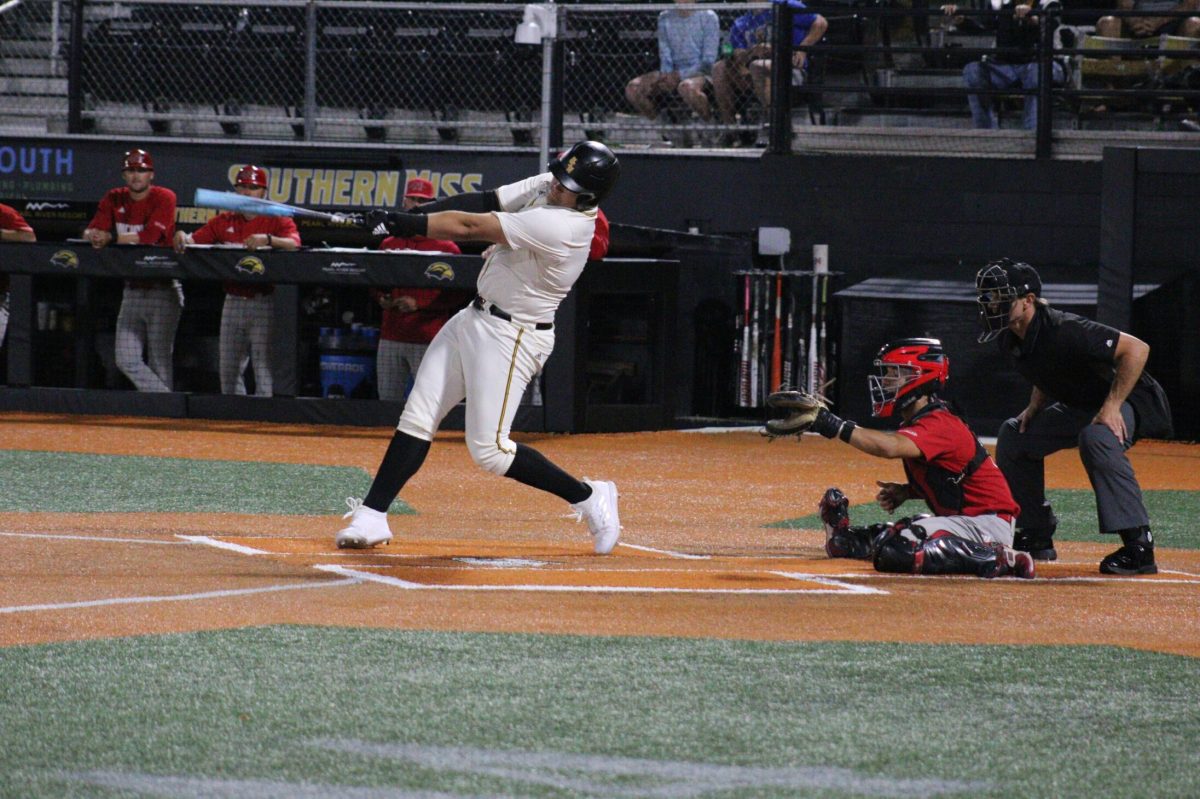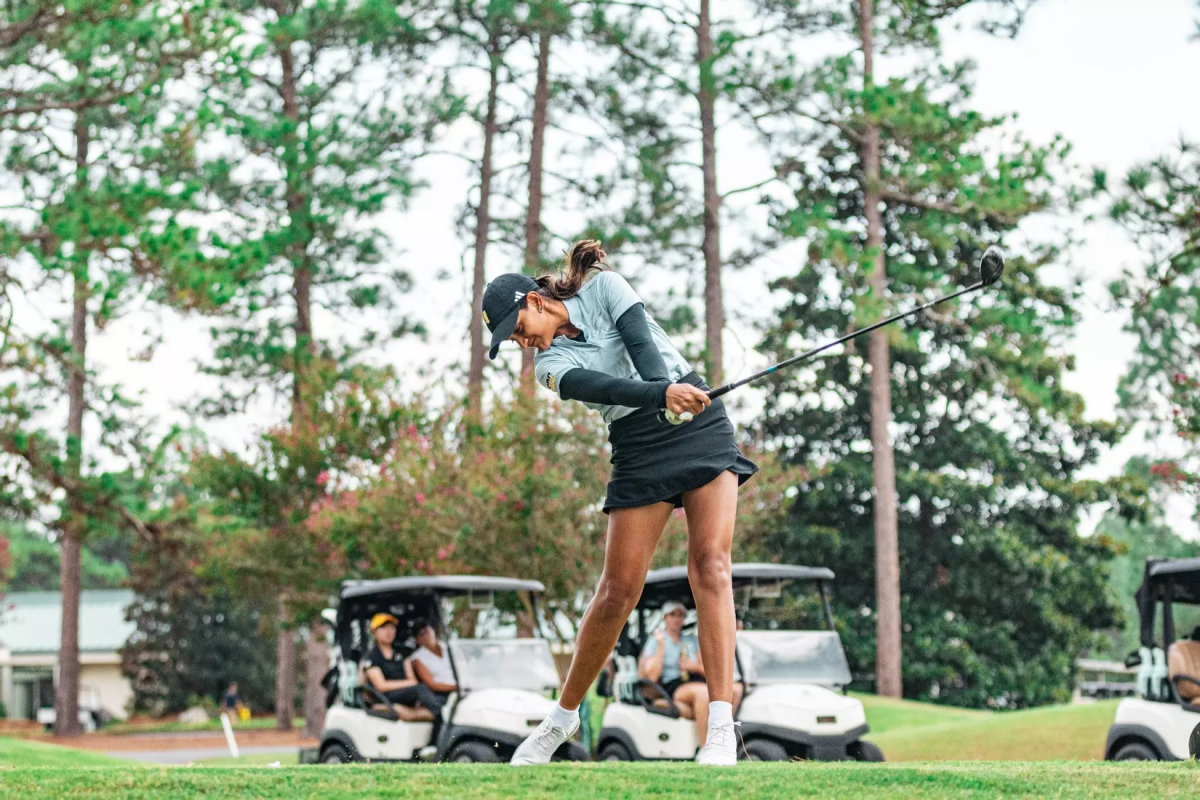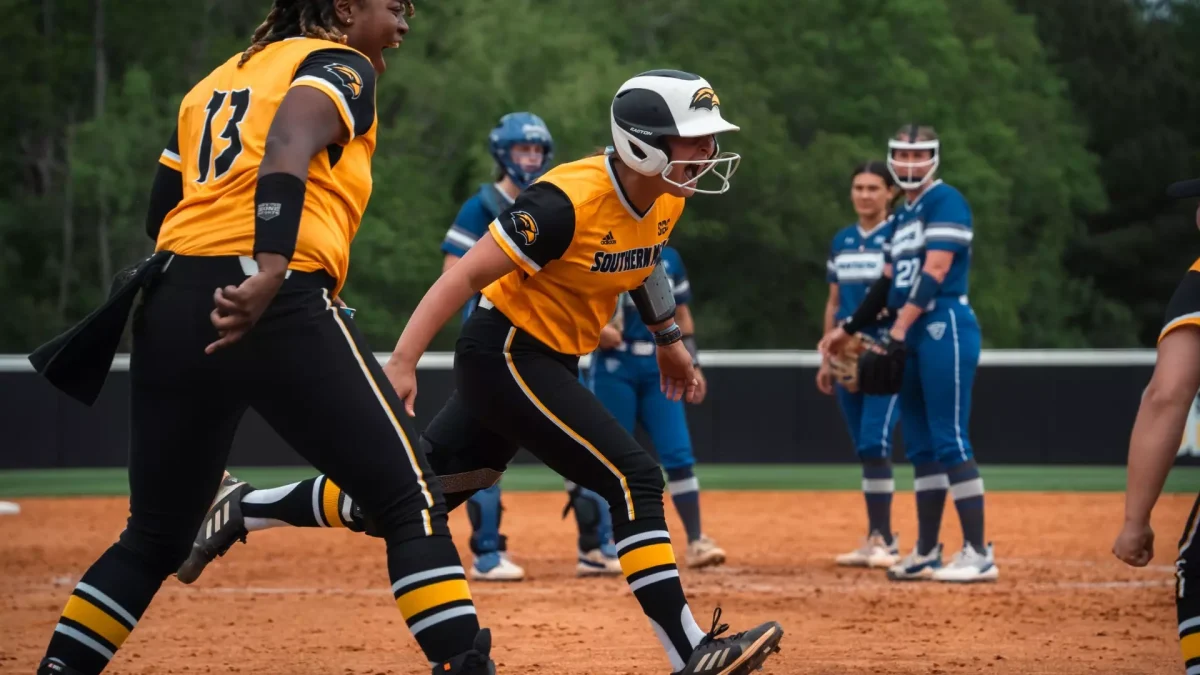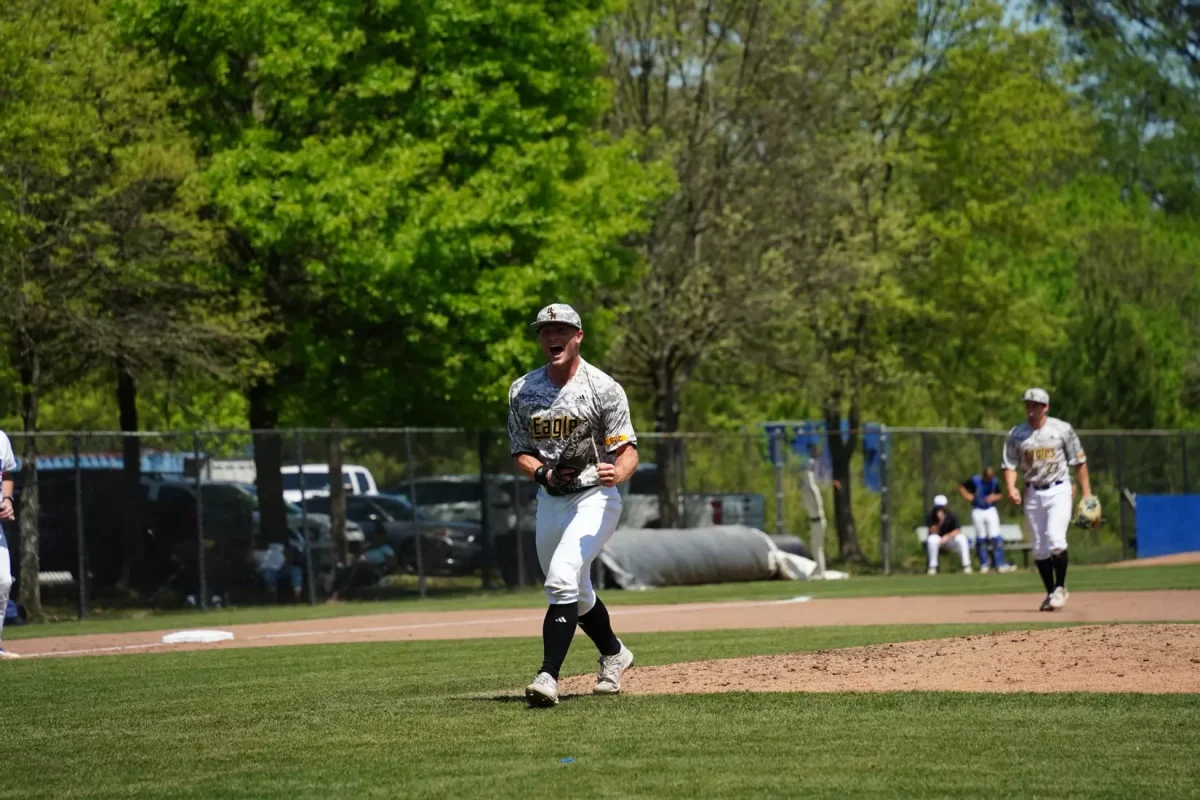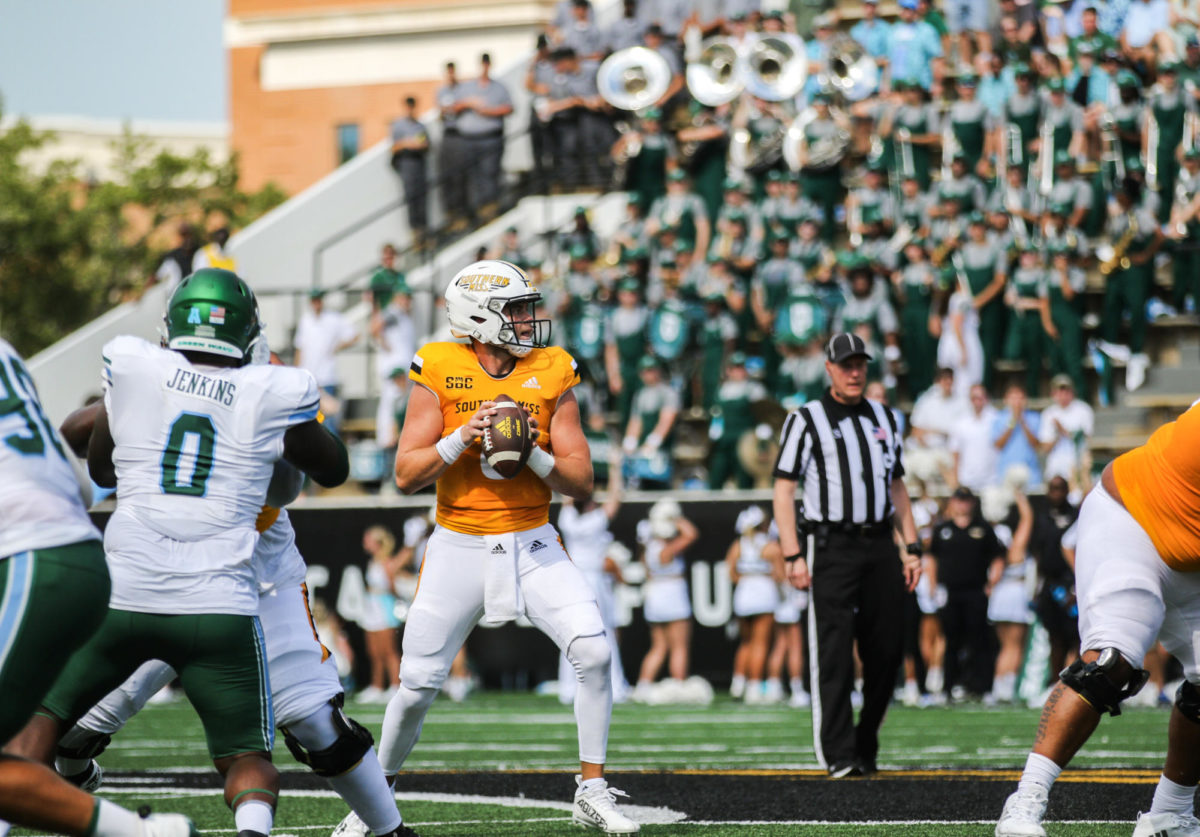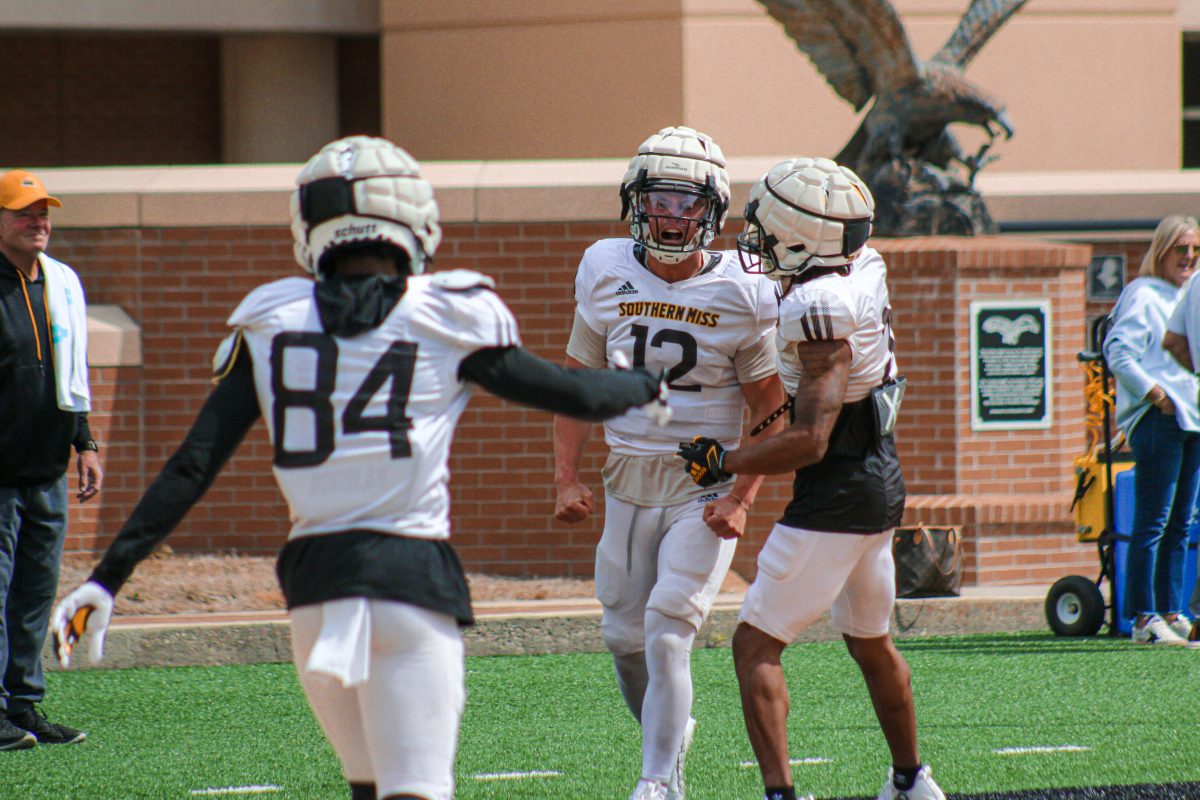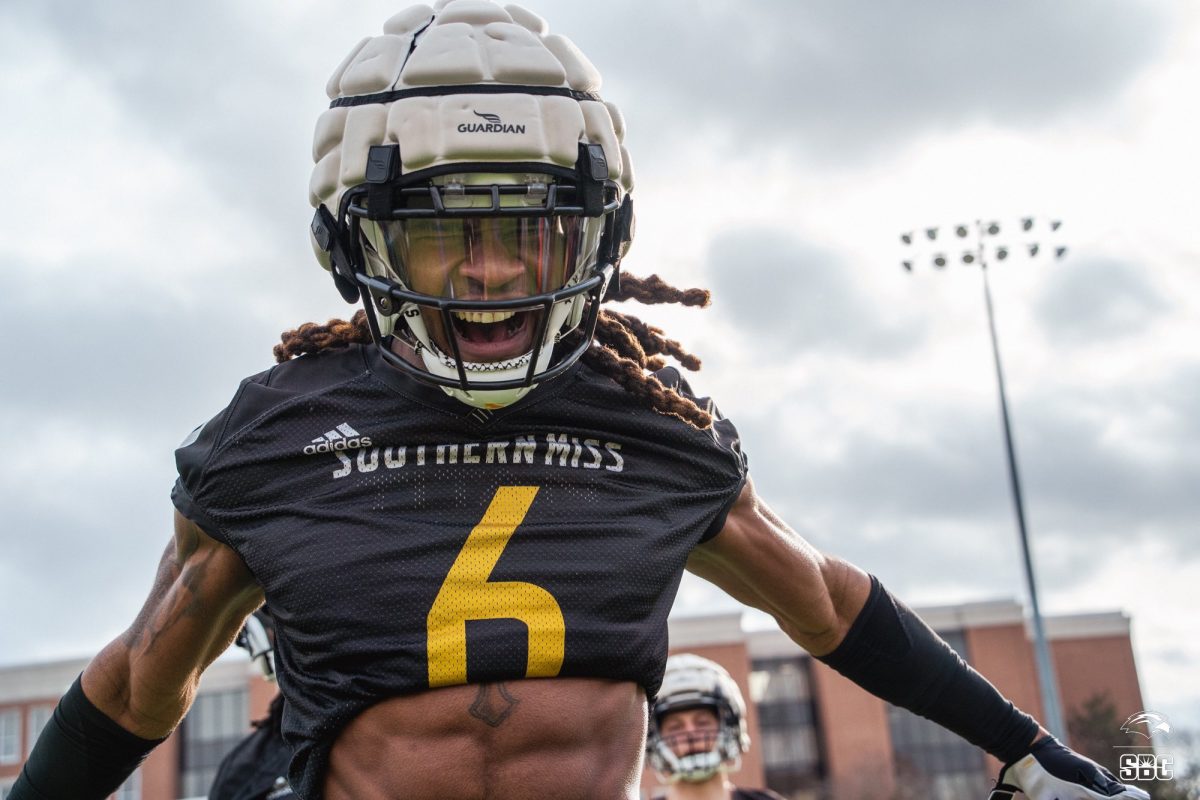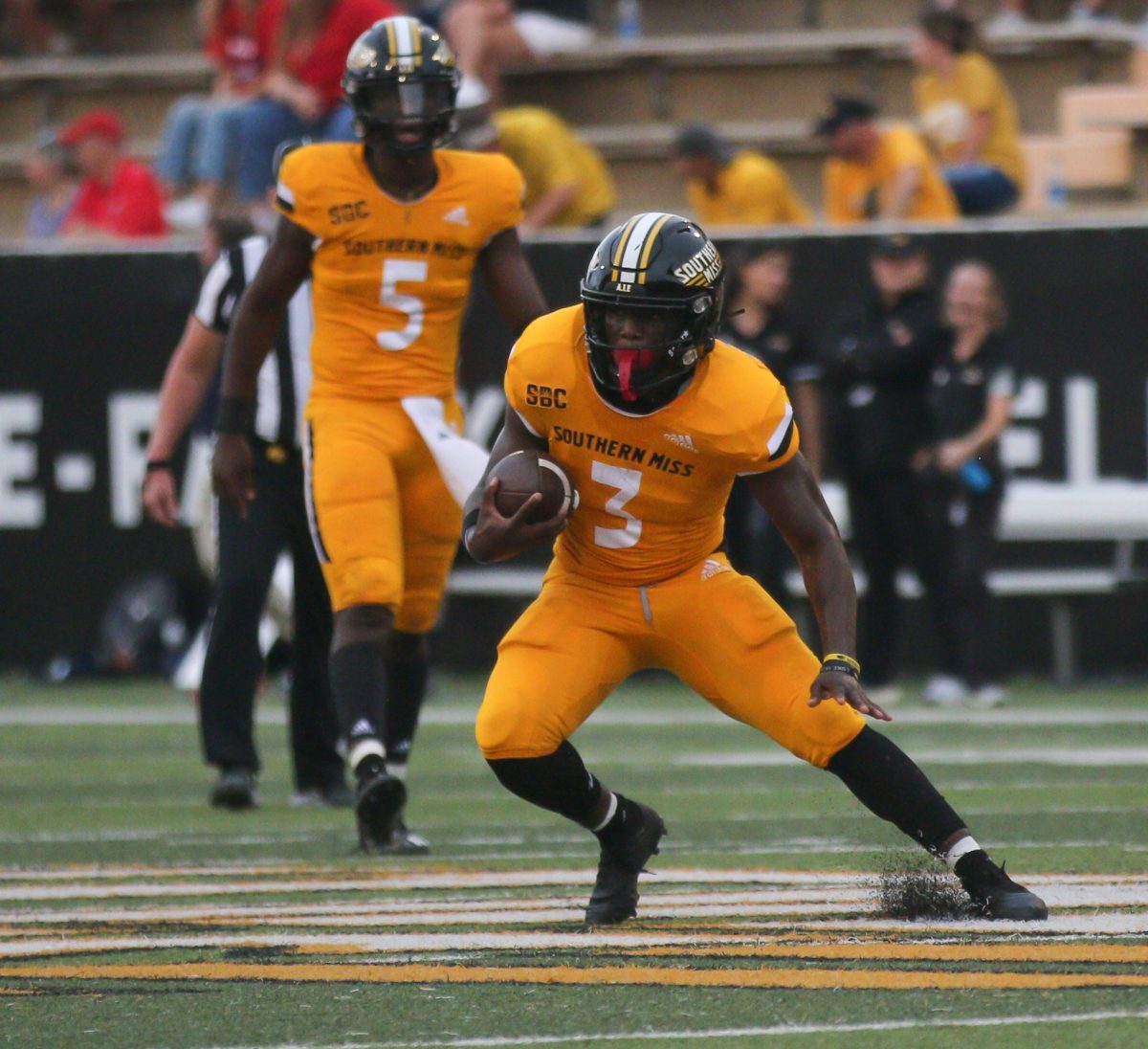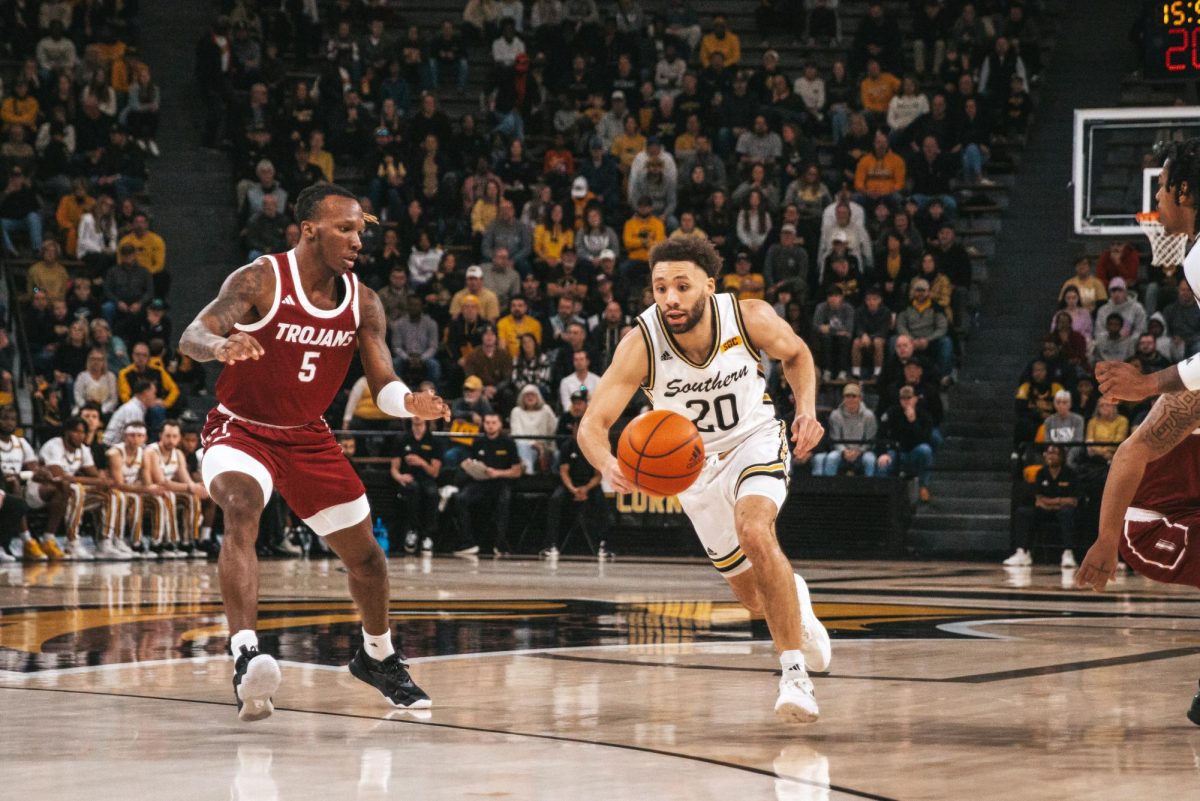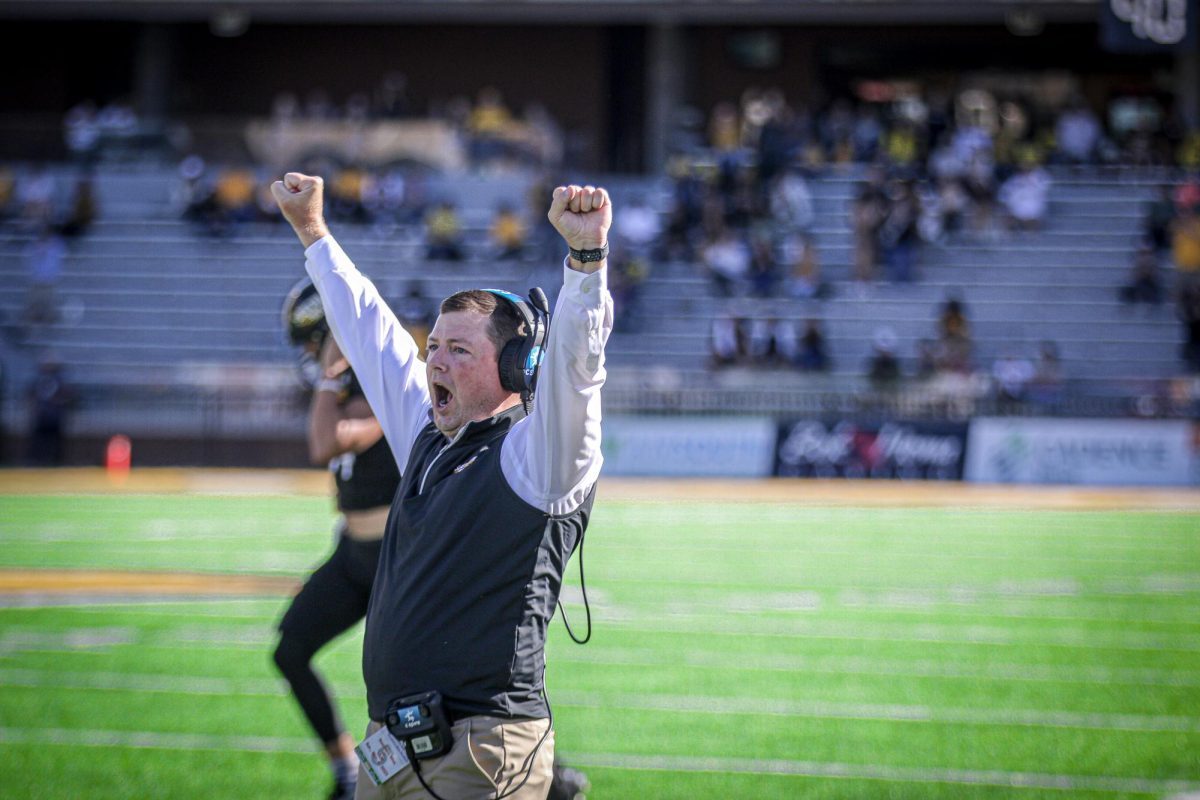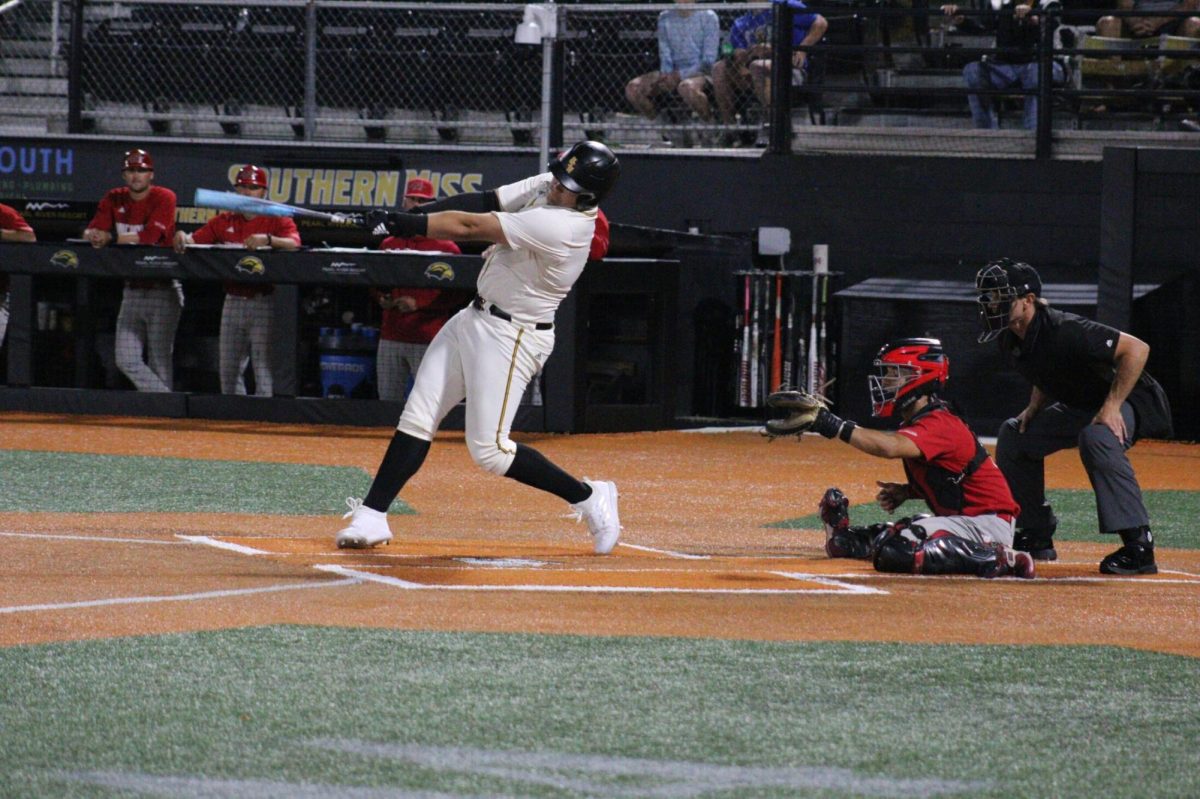The discussion about fake injuries was reignited Aug. 31 when Leonard Floyd, a linebacker for the Georgia Bulldogs, looked to the sideline and received the order to fake an injury.
Without delay he falls over and holds his leg. His teammate indicates to the official that the Dawgs’ linebacker is hurt. Uh oh, Floyd is injured, so bring out the trainers and stop the game.
“Lay down, play dead… Good Dawg,” commented one YouTube user. Others calleda the fake injury a form of cheating, unsportsmanlike and downright lame.
Yes, it is a deceitful and lousy thing to do. Coaches telling a player to fake an injury? That ruins the integrity of your team and of the game. What people don’t realize is the practice of injury-faking has been around for a long time, about as long as fast-paced, up-tempo offenses.
I remember playing football in high school and the defensive coaches would force our starting defensive line to rehearse faking injuries. They would spend about ten minutes practicing the art of trying to make faked injury believable.
We used the fake injury strategy a lot that season. Defensive ends would receive their orders from the sideline, keel over and hold their leg. The crowd would clap and two plays later, the player was back in the game.
I always thought it was a despicable thing to do. If your defense is getting beat, either because you cannot call a play quickly or you did not condition your team well enough, then that’s too bad. Deal with it.
Sonny Dykes, first-year head coach at the University of California, had a good idea: To combat the problem of fake injuries, instill a new rule that requires injured players to stay on the sidelines for five or six plays.
“No. 1, that helps with player safety,” Dykes said about his proposal. “No. 2, that takes [feigning injuries] out of the game, which I think has become a problem and is gonna do nothing but increase.”
“We have all the time where a guy lays on the field, all the trainers come out, he lays there three or four minutes, gets up and jogs off the field, and he’s back in the next play.
“You tell me, is that a serious injury? … If you’re required to sit out five plays, I think the questions get answered pretty quickly,” he said.
I agree with Dykes. Although his idea will probably never be taken seriously, it would force coaches to abandon the fake injuries and actually play the game with some decency. Fans could stop being skeptical of injured players.
Until someone instills a new rule though, don’t be surprised if you ever see an injured player return one or two plays later. I hope the NCAA rules committee has the sense to do something about faking injuries, because the problem will only get worse.



